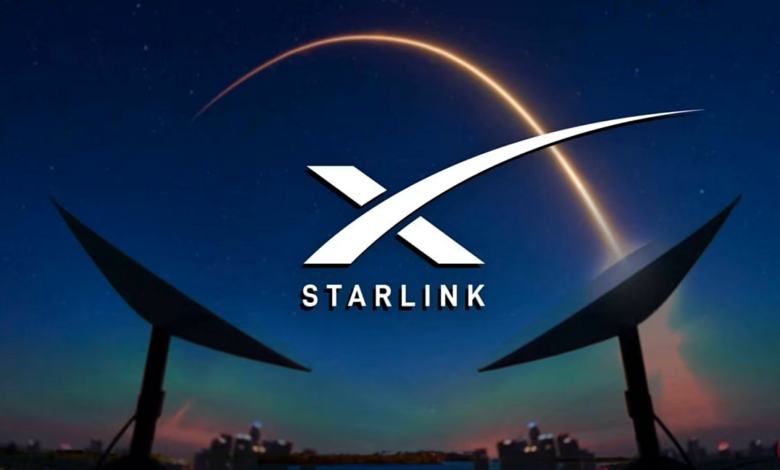Revolutionising Remote Communication: Starlink in Australia

The prospect of seamless and uninterrupted internet connectivity has long been a desire for individuals and businesses alike, especially in the vast and often remote landscapes of Australia. With the advancements in satellite technology, this dream is gradually becoming a reality. Traditional connectivity methods have struggled to provide comprehensive coverage, leaving many rural and hard-to-reach areas with limited or no service. Enter Starlink in Australia, a satellite internet service initiated by SpaceX that promises to address these connectivity woes.
Understanding the Impact of Satellite Internet
Satellite Internet is not a new concept; it has been around for decades. However, older satellite systems are known for their high latency and relatively slow speeds, making them a less desirable option for activities that require real-time communication, such as video calls or online gaming. Moreover, traditional satellite services often come with data caps and less reliability, further limiting their practicality.
Starlink’s Approach to Improving Connectivity
Starlink aims to revolutionise this scenario by deploying a constellation of low Earth orbit (LEO) satellites that can offer high-speed, low-latency internet services to even the most remote regions. By utilising this constellation that orbits closer to the Earth, Starlink can significantly reduce the time it takes for data to travel from a user to a satellite and back, thereby improving performance and reliability compared to geostationary satellites.
The Technological Leap
The implementation of thousands of small satellites in LEO is a considerable leap forward in telecommunications. This large-scale deployment ensures comprehensive coverage and consistent quality, which is a game-changer for rural and remote communities. Technology has progressed to an extent where miniaturisation allows for more satellites with enhanced capabilities to be launched at once.
Benefits to Australian Users
For Australians, especially those in rural and remote areas, Starlink brings a host of benefits. Firstly, increased internet speeds and lower latency enable users to partake in a digital lifestyle similar to urban residents. Education, telehealth, online businesses, and even entertainment options are expanded, reducing the disadvantage far-flung communities have faced due to poor connectivity.
Moreover, Starlink’s service is scalable. As demand grows and the satellite network expands, the service can be adapted and improved without the need for ground-based infrastructure upgrades. This scalability is particularly beneficial for Australia’s expansive landmass that requires innovative solutions to overcome logistical challenges.
Challenges of Implementing Starlink in Australia
Despite groundbreaking technological strides, SpaceX’s Starlink does encounter challenges. Australia’s regulatory environment, licensing, and spectrum allocation need to be navigated carefully to ensure compliance with national standards. There are also concerns about the environmental impact of launching and maintaining a large number of satellites and the potential for space debris.
However, with SpaceX’s commitment to working with local authorities and adopting sustainable space practices, these obstacles are being systematically addressed.
Enhanced Emergency Services
The introduction of Starlink in Australia has significant implications for emergency services. Access to reliable communication can expedite response times during natural disasters and emergencies, which are not uncommon in Australia’s unpredictable climate.
High-speed internet connectivity ensures that critical updates and information can be exchanged rapidly between emergency response teams and affected communities, thereby improving overall operational efficiency and potentially saving lives.
Supporting Australian Businesses
For businesses operating in rural Australia, satellite internet from Starlink could pave the way for greater economic growth. Access to reliable internet supports not just day-to-day operations but also enables businesses to reach markets beyond their local areas.
Furthermore, connectivity encourages innovation and allows businesses to adopt cutting-edge technologies that depend on strong internet connections, such as cloud computing and Internet of Things (IoT) devices.
Educational Advancements
Education is another beneficiary of enhanced connectivity. Students in remote areas can access the same quality of resources, participate in online learning, and pursue opportunities that were previously hampered by a lack of stable internet.
Schools and educational institutions can collaborate with international counterparts, engage in cultural exchange, and provide a richer learning experience to their students with the connectivity services offered by Starlink.
Implications for Indigenous Communities
Indigenous communities, often situated in some of the most remote parts of Australia, stand to gain significantly from services like Starlink. Improved internet access can help preserve cultural heritage by facilitating the digital documentation of languages and traditions. It also opens a portal for indigenous people to share their stories and traditions with the world, fostering greater understanding and inclusion.
Looking Ahead with Starlink
While the full potential of Starlink’s impact in Australia is yet to be completely unravelled, there’s no doubt that it’s set to revolutionise remote communication. As we observe the progressive rollout, updates, and real-world applications of Starlink services, what is clear is the commitment to bridge the digital divide by providing equitable internet access.
Australia’s remote and rural communities are on the brink of a connectivity revolution, one that promises not only to improve their quality of life but also to contribute to the nation’s economic and social advancements. The arrival of Starlink in Australia signals a new dawn for remote communication, one brimming with possibilities and the promise of a brighter, more connected future.




